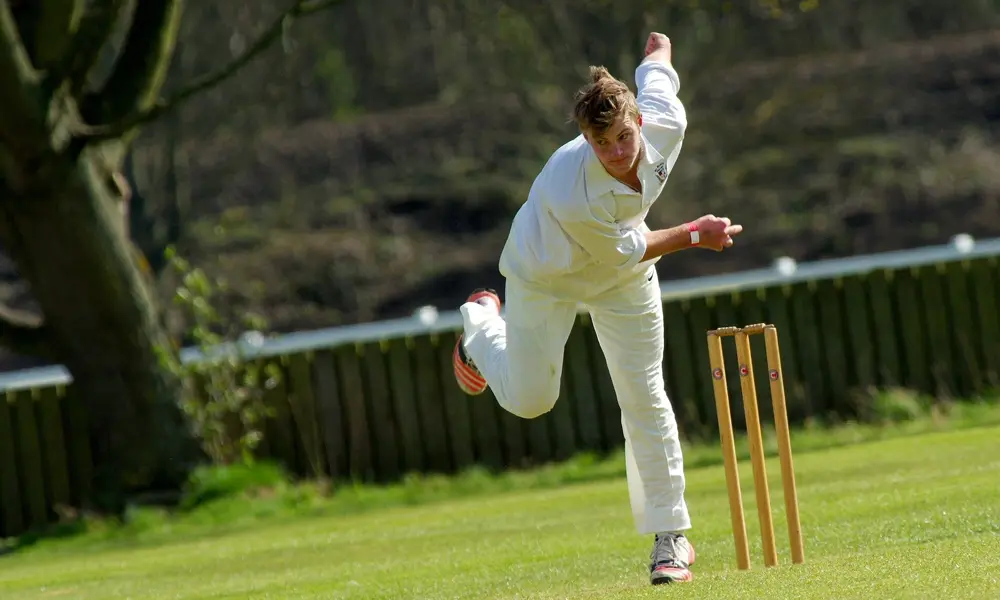The Role of Technique in Maximizing Your Bat's Potential

Cricket, often described as a game of technique and temperament, places immense emphasis on the skills and finesse of batting. At the heart of a batsman's success lies their ability to master the intricacies of technique, effectively harnessing their bat's potential to score runs consistently and influence match outcomes. This blog delves into the critical role of technique in unlocking and maximizing a bat's potential, exploring key aspects that define a batsman's technical proficiency and strategic approach to batting.
Understanding the Foundations of Technique
- Grip and Stance:
- Purpose: Establishing a stable base for stroke execution.
- Execution: A proper grip and stance provide balance, control, and power transfer from the body to the bat. Correct alignment of hands and feet enhances bat swing dynamics, enabling batsmen to maneuver the bat efficiently across various shot types.
- Backlift and Bat Path:
- Purpose: Generating momentum and bat speed.
- Execution: A consistent backlift—lifting the bat smoothly and in line with intended shot direction—facilitates fluid bat movement. The bat path, from backlift to contact with the ball, dictates shot trajectory and timing, crucial for accurate shot execution and scoring runs.
Precision in Shot Execution
- Shot Selection:
- Purpose: Choosing appropriate shots based on delivery type and field placements.
- Execution: Assessing ball trajectory, bounce, and spin informs shot selection. Techniques such as drives, cuts, pulls, and sweeps are tailored to exploit gaps in the field, maximizing scoring opportunities while minimizing risk of dismissal.
- Footwork and Timing:
- Purpose: Positioning for optimal shot execution.
- Execution: Footwork adjusts stance and balance, aligning the body for precise shot timing and placement. Well-timed strokes enhance power and placement, allowing batsmen to capitalize on scoring chances and dominate bowling attacks.
Adaptability to Bowling Variations
- Handling Pace and Swing:
- Purpose: Adapting technique to varying ball speeds and movement.
- Execution: Techniques like forward or backward defensive strokes, controlled drives, and hooks counteract pace and swing bowling. Adjusting bat angles and follow-throughs optimizes bat contact, maintaining control over shot execution in challenging conditions.
- Negotiating Spin Bowling:
- Purpose: Employing defensive and attacking strategies against spin.
- Execution: Techniques such as forward defensive blocks, sweeps, and lofted shots combat spin variations. Proper bat positioning and wrist control facilitate decisive shot-making, exploiting gaps in the field and negating spin bowler effectiveness.
Consistency and Adaptation
- Drills and Practice:
- Purpose: Reinforcing muscle memory and refining technique.
- Execution: Regular batting drills—throwdowns, net sessions, scenario-based practices—sharpen batting skills. Repetition enhances bat control, shot selection, and adaptability, instilling confidence in executing techniques consistently under match pressure.
- Mental Discipline:
- Purpose: Maintaining focus and resilience during batting innings.
- Execution: Mental preparation—visualization, breathing exercises, positive self-talk—strengthens concentration. A disciplined mindset supports technical execution, enabling batsmen to overcome challenges, capitalize on opportunities, and sustain performance over prolonged innings.
Conclusion: Mastering Technique for Batting Excellence
Technique in cricket isn't merely about form; it's about harnessing the full potential of your bat to influence match outcomes. By refining grip, stance, shot selection, and adaptability through disciplined practice and mental discipline, batsmen elevate their batting proficiency. Embrace the journey of mastering technique, unlocking your bat's potential, and leaving an indelible mark on the game of cricket with every calculated stroke.

